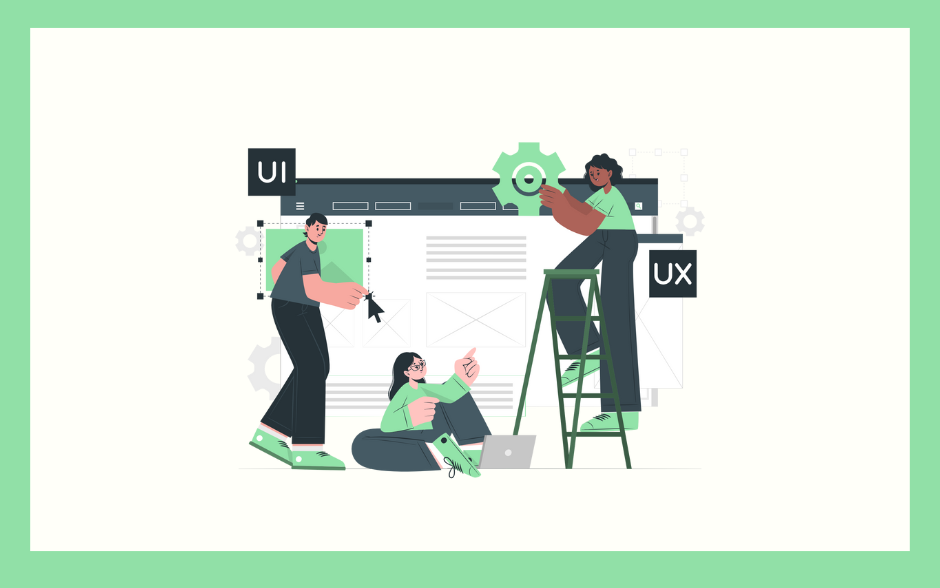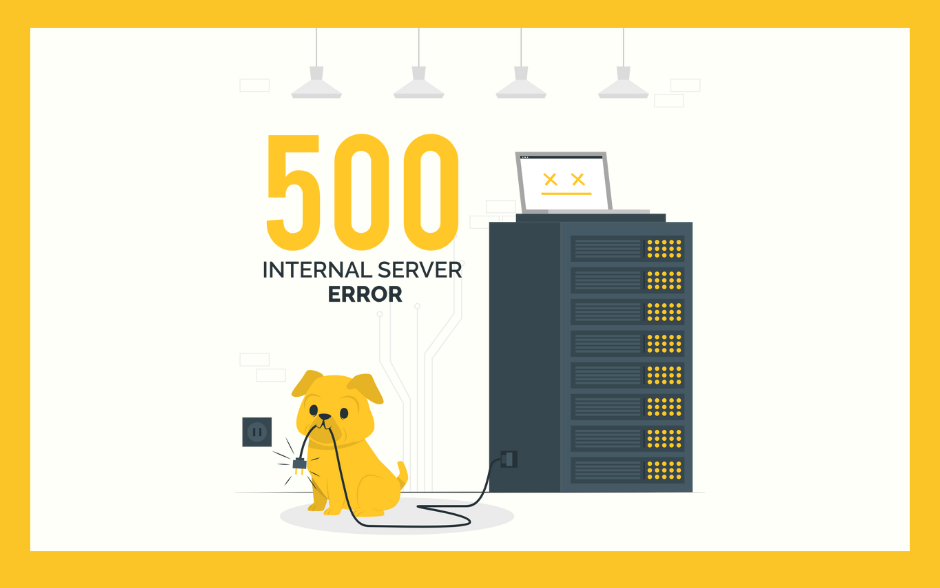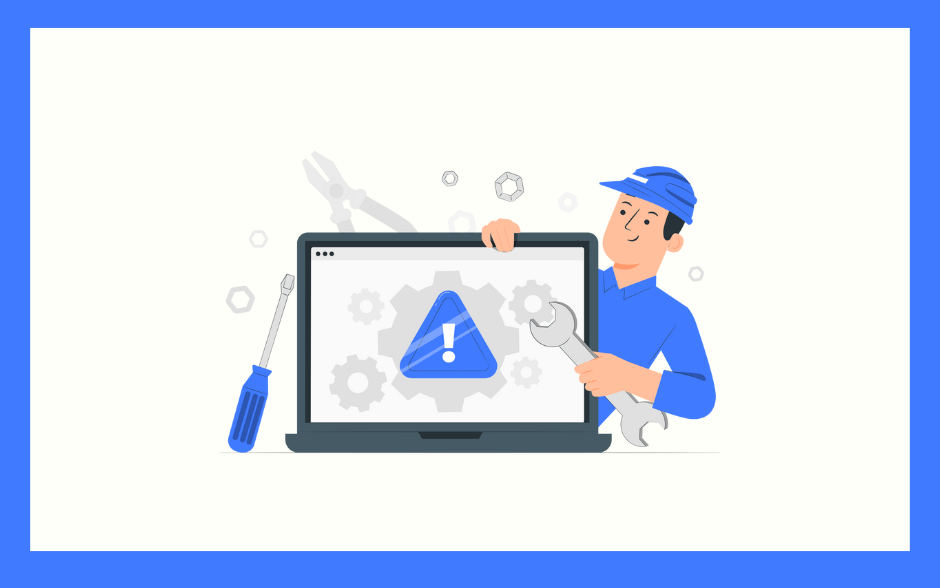These trends impact usability, accessibility, and search engine rankings, making them essential for business growth. In this article, we’ll explore five key web design trends that can help businesses thrive in an increasingly digital world.
1. Minimalist and Clean Design
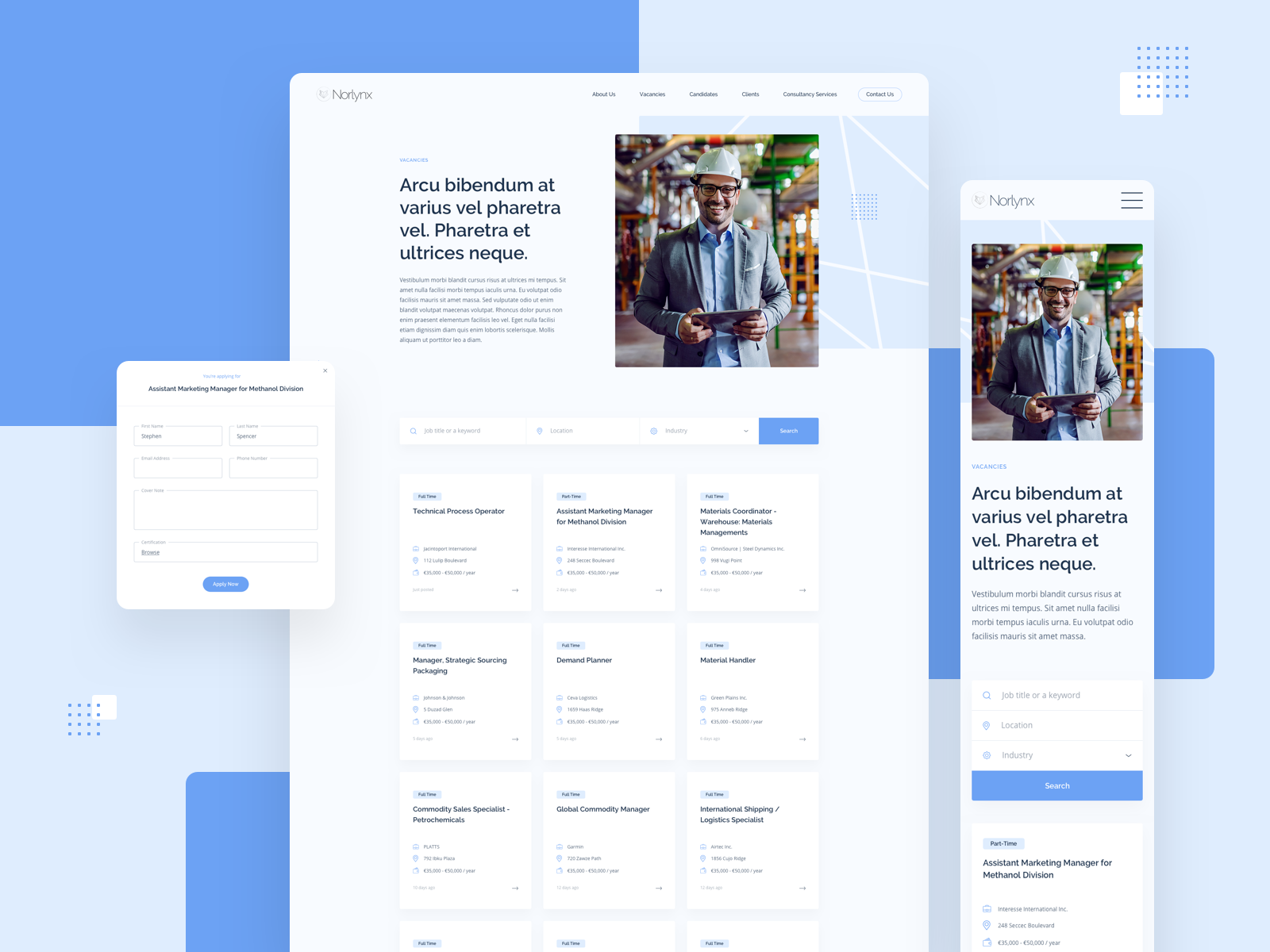
A minimalist and clean design enhances user experience by eliminating distractions and focusing on essential content. This trend emphasizes:
- Whitespace: Improves readability and directs attention to key elements.
- Simple Navigation: Ensures users can easily find what they need without unnecessary complexity.
- Fast Load Times: Reduces bounce rates and enhances SEO performance by minimizing elements that slow down the site.
- Consistent Branding: Helps maintain a professional and recognizable visual identity.
- Clarity and Readability: Well-structured content enhances engagement and ensures information is accessible to all users.
Minimalist design creates a professional and modern aesthetic that helps build trust and credibility with visitors. By reducing clutter and emphasizing only the most important content, businesses can create a seamless user experience that drives conversions.
2. Mobile-First and Responsive Design
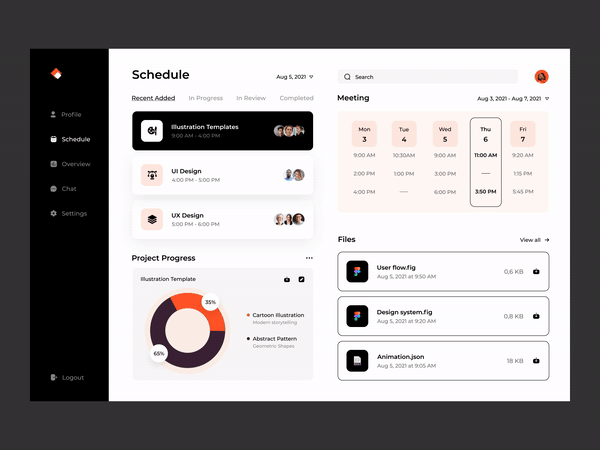
With the majority of users accessing websites via mobile devices, mobile-first design is no longer optional. Key aspects include:
- Adaptive Layouts: Ensure a seamless experience across different screen sizes and resolutions.
- Touch-Friendly Elements: Optimize buttons, menus, and forms for mobile interactions.
- Fast Mobile Load Speed: Improve performance with optimized images, compressed code, and efficient caching strategies.
- SEO Benefits: Google prioritizes mobile-friendly websites, making mobile optimization crucial for rankings.
- User-Centric Design: Mobile-first approaches focus on essential content first, ensuring clarity and functionality.
Prioritizing mobile-first design enhances usability and improves search engine rankings, ultimately driving higher conversions. Businesses that ignore mobile optimization risk losing significant traffic and potential customers.
3. Dark Mode and High-Contrast UI
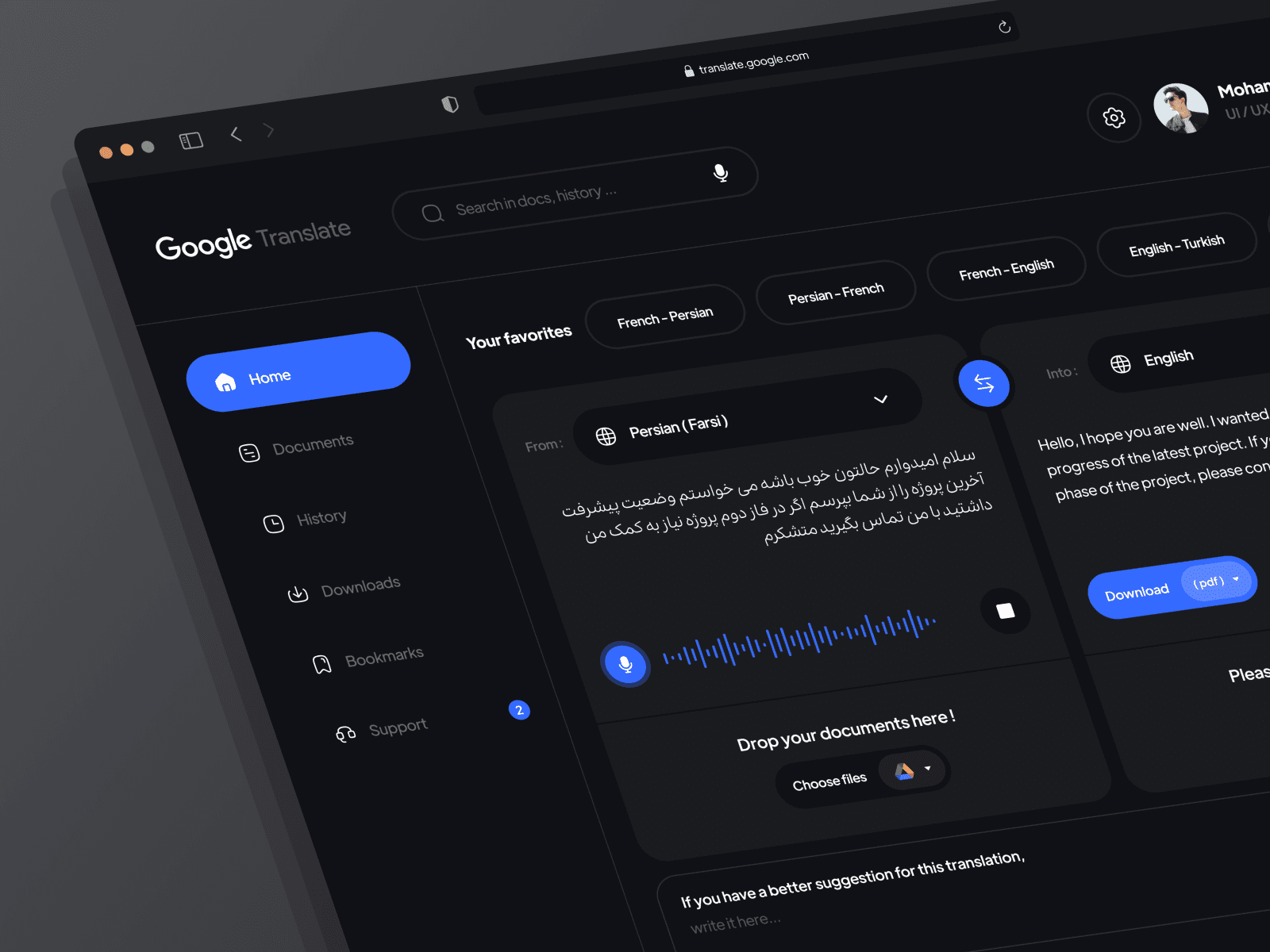
Dark mode has gained popularity due to its aesthetic appeal and user comfort benefits. Features of dark mode include:
- Reduced Eye Strain: Helps users browse longer without discomfort, especially in low-light environments.
- Battery Efficiency: Extends battery life on OLED and AMOLED screens, making it a preferred option for mobile users.
- Modern Visual Appeal: Enhances contrast and highlights design elements effectively, making content more readable and engaging.
- Accessibility Benefits: High-contrast modes improve readability for users with visual impairments.
- Customizable User Experience: Allowing users to switch between light and dark mode gives them control over their browsing experience.
Offering a dark mode option provides users with flexibility and enhances engagement. Many major websites and apps now offer dark mode to improve user satisfaction and retention.
4. AI and Personalization
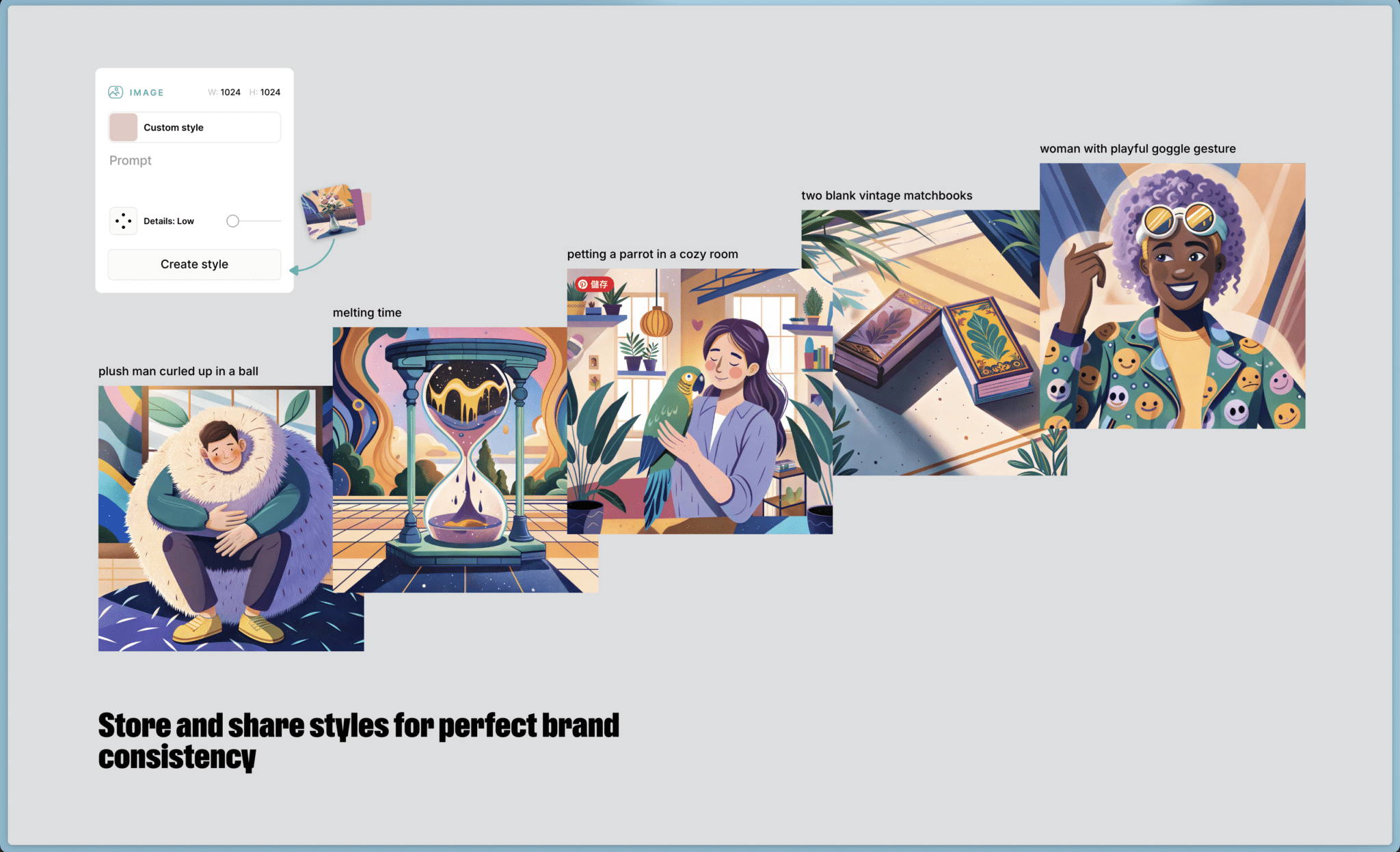
Artificial Intelligence (AI) is transforming web design by enabling personalized user experiences. Businesses can leverage AI for:
- Dynamic Content: Adjust website elements based on user behavior and preferences to create a unique experience for each visitor.
- Chatbots and Virtual Assistants: Improve customer support and engagement by providing instant responses and 24/7 assistance.
- Predictive Search and Recommendations: Enhance user experience with tailored suggestions based on browsing and purchasing history.
- Data-Driven Insights: AI-driven analytics help businesses understand user behavior and optimize website performance.
- Automated Design Elements: AI tools can adjust layouts, colors, and images in real-time to improve usability and engagement.
AI-powered personalization fosters deeper customer connections and increases retention rates. Businesses that implement AI-driven elements create a more intuitive and user-friendly experience, ultimately boosting conversions.
5. Interactive and Immersive Elements
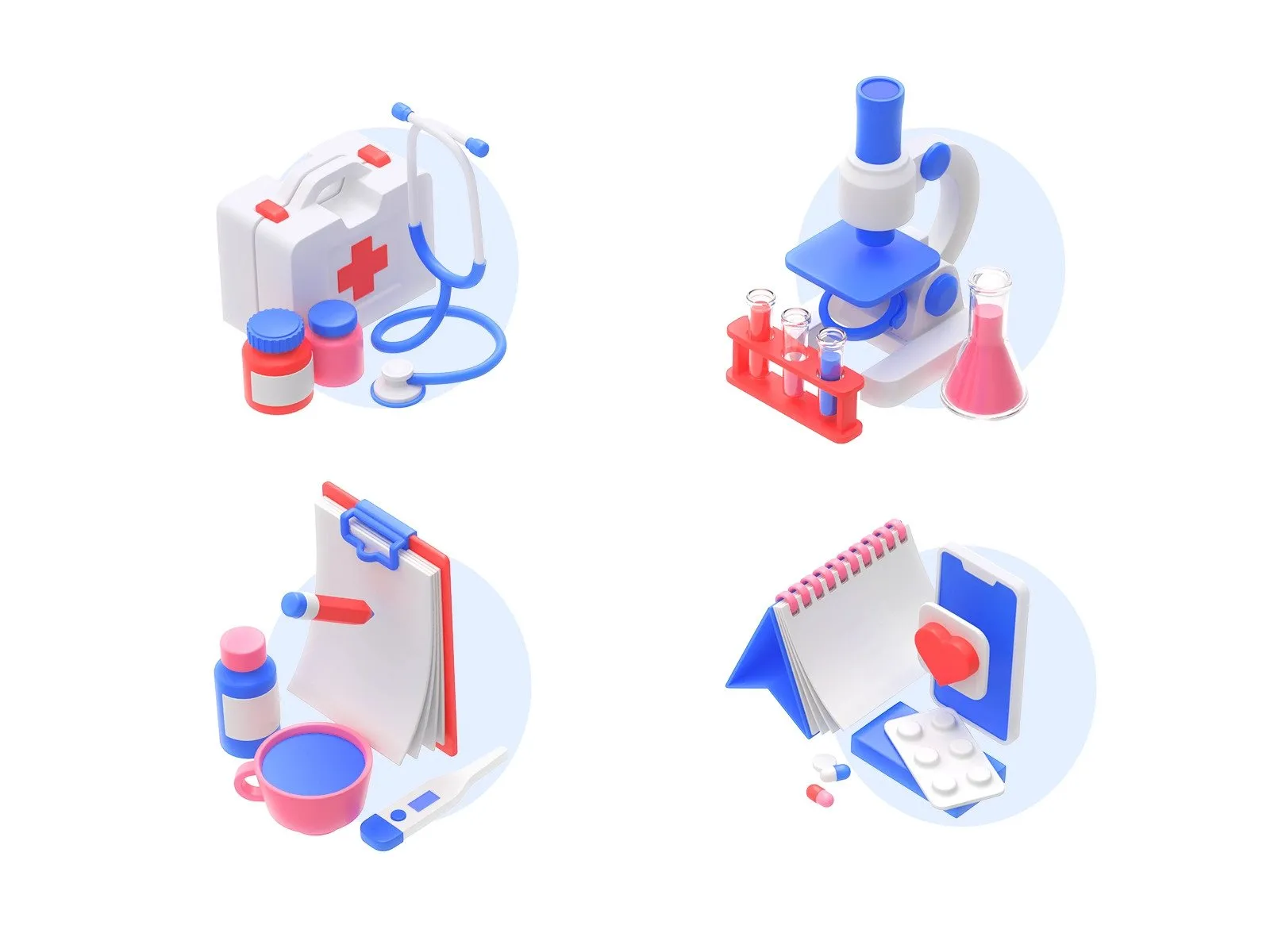
Engaging users through interactive design elements enhances brand recall and website usability. Successful implementations include:
- Micro-Animations: Subtle animations guide user interactions and add visual interest without overwhelming the page.
- 3D Graphics and Parallax Scrolling: Create depth and engagement by making pages feel more dynamic and visually appealing.
- Gamification Elements: Encourage user participation and interaction through quizzes, rewards, and engaging UI components.
- Interactive Infographics: Present complex data in an engaging way that encourages users to explore and learn more.
- Augmented Reality (AR) Features: Some businesses integrate AR to allow users to visualize products in real-world settings before purchasing.
These interactive features keep users engaged, reducing bounce rates and increasing conversions. By adding elements of interactivity, businesses can create more compelling online experiences that retain visitors and encourage action.
Adopting the latest web design trends is essential for businesses looking to create a compelling online presence. Minimalist designs, mobile-first approaches, dark mode, AI-driven personalization, and interactive elements all contribute to an enhanced user experience and improved business performance. By integrating these trends, businesses can stay ahead in the competitive digital landscape and achieve long-term success. Investing in modern web design ensures that companies not only attract visitors but also convert them into loyal customers. As technology and user expectations evolve, staying updated with these design trends will help businesses maintain relevance and drive sustainable growth.

